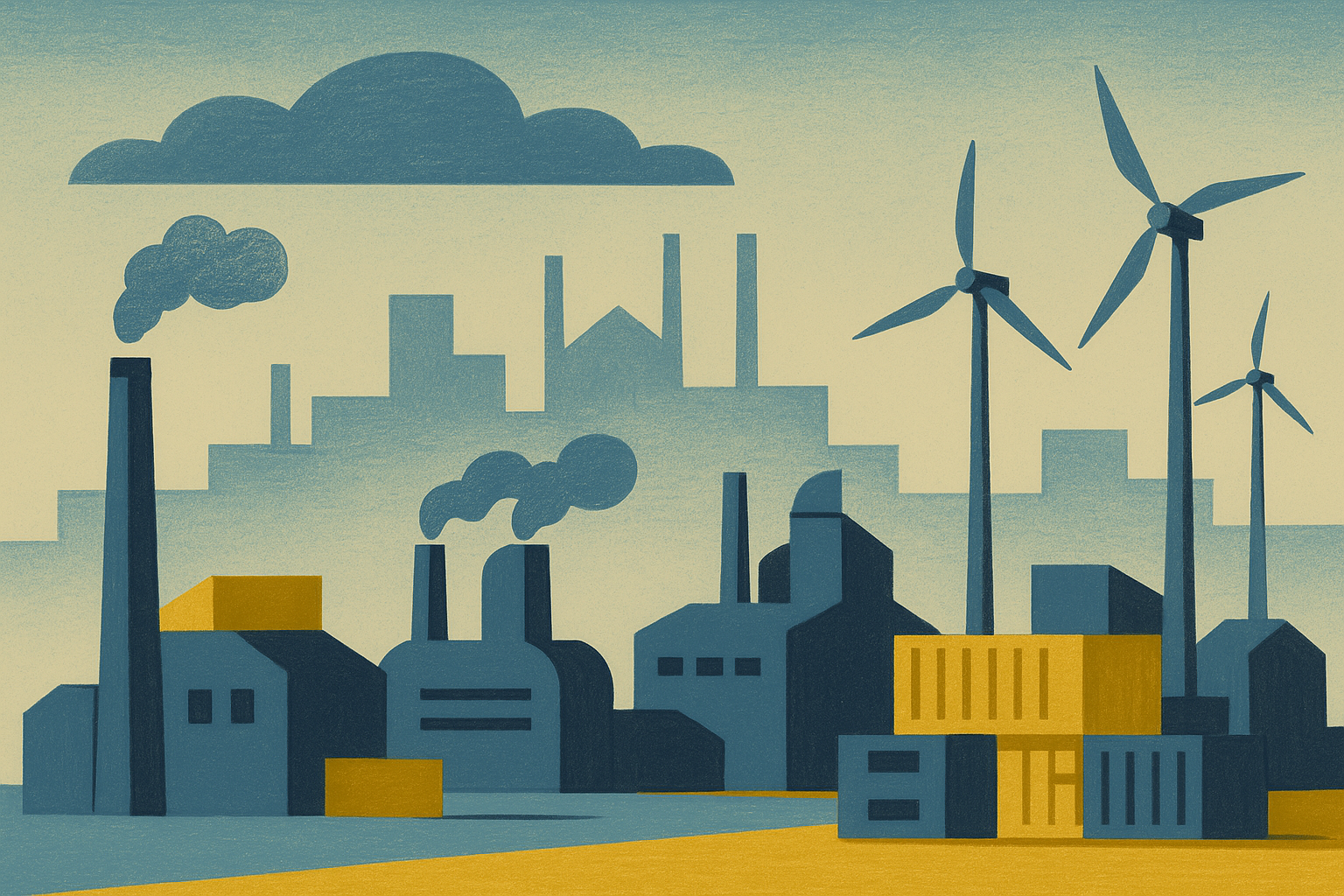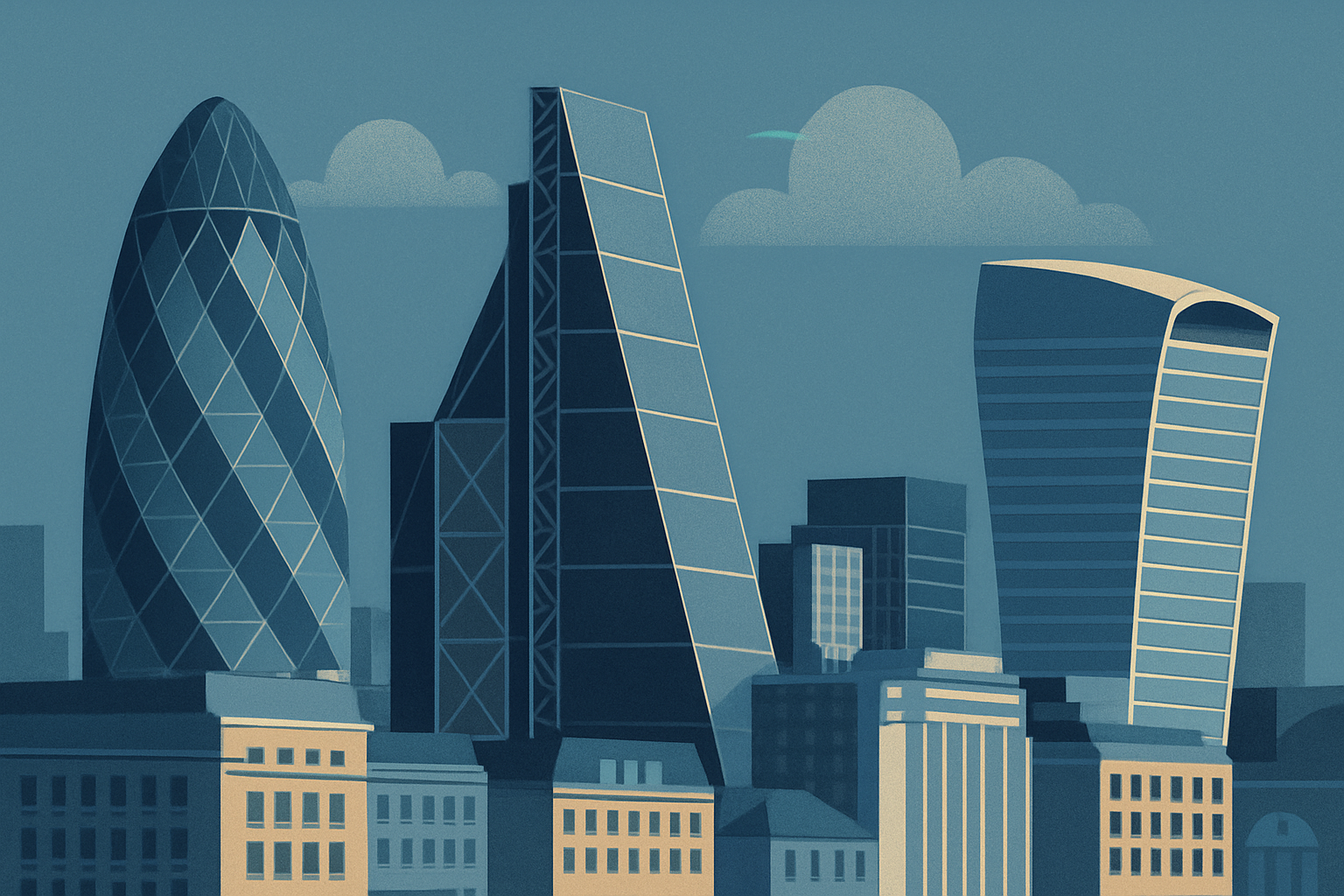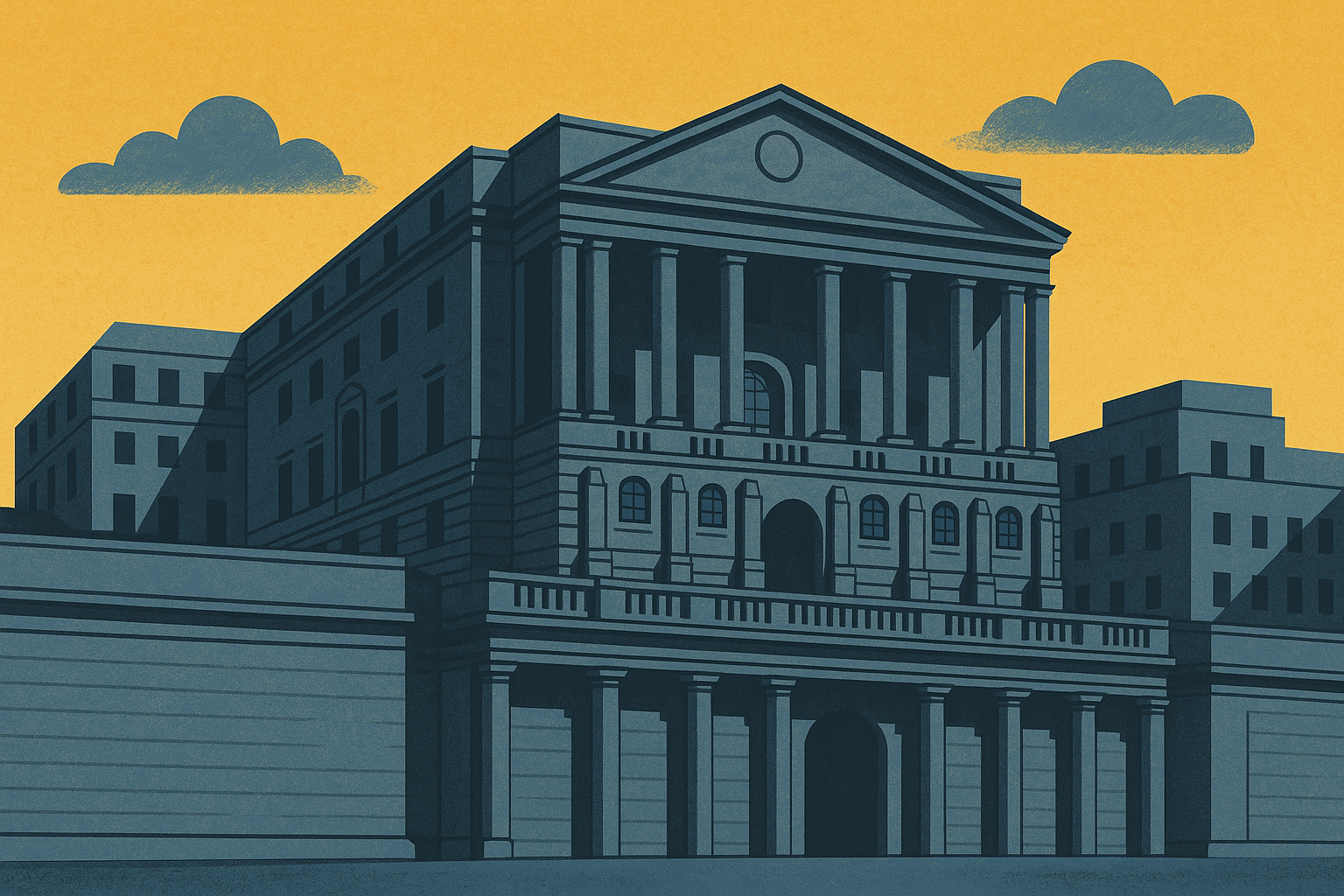Germany’s industrial sector delivered an unexpected boost in May, with official data showing output climbed 1.2% month-on-month — the best result since January and well ahead of market expectations for flat growth. The rebound was driven by a sharp rise in automotive, energy, and pharmaceutical production, according to the Federal Statistical Office (Destatis).
The figures represent a marked turnaround from April’s 1.6% decline, easing fears that Europe’s largest economy might be losing momentum after a difficult winter. The standout contributors were auto manufacturing, which surged 4.9% in May, energy generation up 10.8%, and pharmaceuticals posting a 10% gain. These sectors together offset a 3.9% slump in construction activity, which continues to drag on the broader industrial recovery.
In the latest three-month period, industrial output was 1.4% higher compared with February to April, suggesting the sector may be stabilising after prolonged weakness. However, economists warned that not all the underlying data supported a robust recovery narrative. New manufacturing orders, also released by Destatis, dropped 1.4% in May, reflecting soft demand in electronics and basic metals, and a notable 7.8% fall in domestic orders. By contrast, export orders from outside the euro area jumped 9%, which analysts linked to clients bringing forward purchases ahead of potential U.S. tariff hikes on German goods.
“The cyclical trough may be behind us, but challenges remain,” said Carsten Brzeski, Global Head of Macro at ING. “The sector is still roughly six percent below its late-2022 peak, and risks from a stronger euro, slow euro-zone demand, and trade policy uncertainty are real.”
Other analysts noted that Germany’s energy-intensive sectors — including chemicals and metals — remained under pressure, with output in those branches falling 1.8% in May despite lower wholesale power prices. Sectoral divergence is likely to persist in the near term as the benefits of lower energy costs are slow to filter through to some manufacturers.
Policymakers in Berlin are attempting to provide a backstop. In June, the government approved a new tax-relief and investment package aimed at supporting industrial competitiveness. Commerzbank analysts suggest the measures could help lift activity in the second half of 2025, even if GDP remains flat in the second quarter.
Looking ahead, several factors may cap the pace of recovery. Analysts cite euro appreciation since March, the threat of new U.S. tariffs on autos and machinery, and low water levels on the Rhine — a crucial transport route — as key risks that could weigh on industrial momentum over the summer.
Despite these challenges, May’s numbers mark a tentative return to growth for Germany’s manufacturing powerhouse, offering cautious optimism that the sector may be past its worst phase — but with headwinds still in play.



